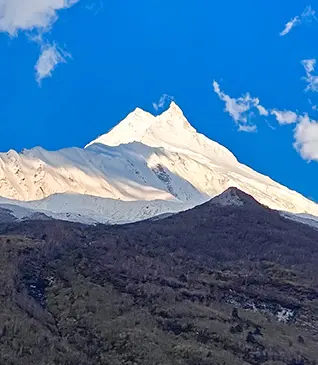The most common question that we get is when is the best time to visit the Everest Base Camp? The most simple answer is Spring and Autumn. But for your personal experience it is important to understand what each of these seasons let you experience.
Choosing the best time according to your preference of views and terrain, is a gamechanger for your overall experience. In this article, you will get to read about what you can expect in each season, what time is the most ideal and which months you should avoid. If you want to make the best of your Everest Base Camp trek, read till the end and choose the best dates.
The Most Ideal Time for EBC Trek
The most recommended time to do the Everest Base Camp trek is during Spring including the months of March, April and May and Autumn which consists of October and November. These months have everything which makes trekking comfortable, like favourable weather, better trails, and amazing views. And because of this, these months also attract the highest number of trekkers.
Here is in detail what each season is like at the Everest Base Camp trek.
Spring (March to May)
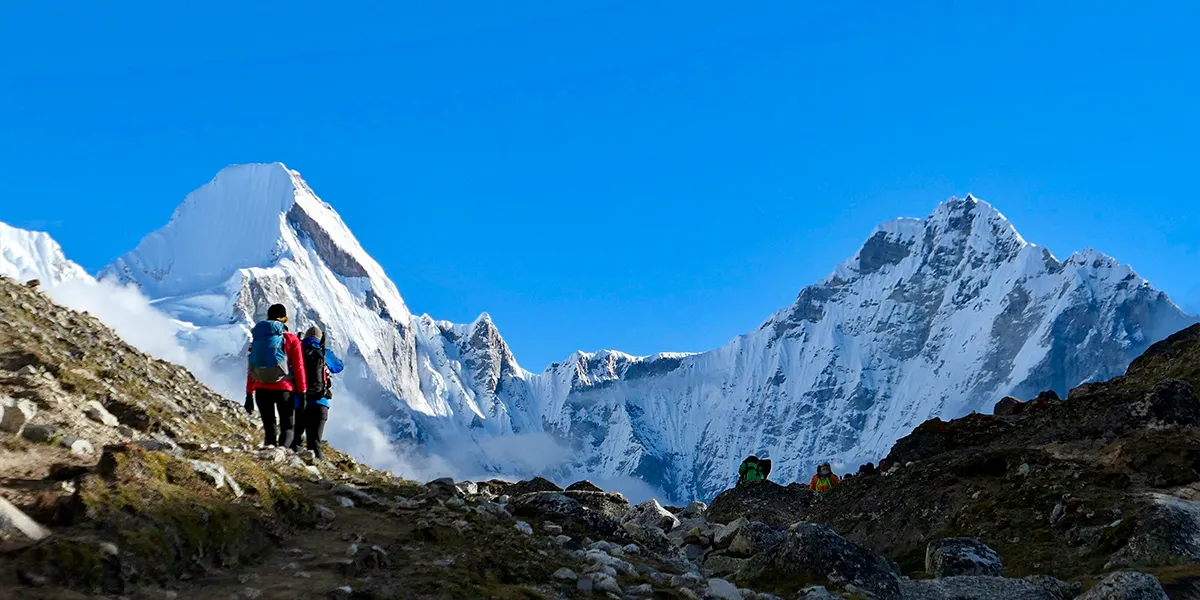
Spring in the Himalayas is during the months of March, April and May, and these months are also the best months for EBC trek. During these months the trails are filled with colorful beauty and you get clear mountain views. The weather is favourable for long day trekking with temperatures ranging from 18°C to 30°C, while nights can get cold but manageable, with the drop in temperature to -10°C to -18°C, depending on the altitude.
When you are at higher altitudes of the trek like Lobuche and Kala Patthar, there you might also get to see patches of snow, and because of it, the temperatures may be much lower. You get amazing views of the surrounding peaks, as views are not blocked by fog or clouds. The best view during this trek comes from the Kala Patthar view point, and when you visit in the spring, the panorama is at its peak beauty.
Something which makes trekking to EBC in spring is the lively landscapes. The trails are fresh with blooming Rhododendrons and wildflowers of every color. Something which makes trekking to EBC in spring even more special is the blooming flowers and fresh landscapes. The trails are loaded with different colors of Rhododendrons, red, white and purple. These flowers are considered the national flower of Nepal, and definitely make the landscapes more beautiful.
Besides nature, spring is also the time when many climbers begin their expeditions to Mount Everest, so the trail and base camp areas become more active. You might even spot teams preparing for the summit.
Autumn (October and November)
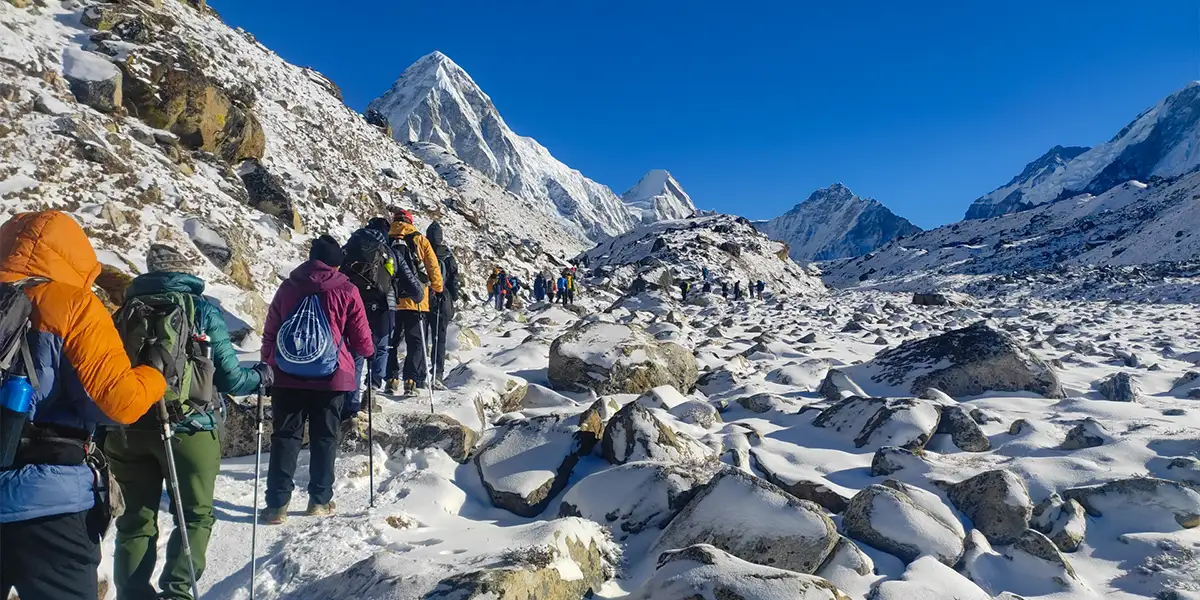
Autumn, including the months of October and November is another ideal time for Everest Base Camp trek. This is the post monsoon season when the rains have cleared up, leaving freshness around. This season gives you the best views of the surrounding mountains, so if you are visiting Everest Base Camp, solely for grand mountain views, Autumn is your go to time. You would clearly be able to spot the prominent peaks, including Lhotse, Ama Dablam, Makalu, Nuptse and Everest too.
Apart from views, during this time, the trail condition is perfect which makes your journey slightly much easier. The weather during this time is again clear with fewer chances of rain.
During October and November, the daytime temperatures usually range between 12°C to 20°C, which is comfortable for trekking. It’s neither too hot nor too cold. At night, temperatures drop sharply going from -5°C to as low as -20°C depending on the altitude. You need to be well prepared for change in temperature, sudden change can make you ill, if not prepared. As you reach high altitude areas like Kala Pathar and Kumbhu glacier, there would be strong winds. These winds can make the cold feel much harsher, so it’s important to pack properly including windproof jackets, thermal layers, gloves, and headgear. This time has higher summit chances too.
When to Avoid Everest Base Camp Trek
Another question we get is, When to avoid the EBC trek, and the answer is during monsoons. While you might be wondering, mountains are beautiful in monsoons, and they definitely are but EBC is not very much accessible during the monsoons. Monsoons bring a lot of difficulty to the trails, and here are the major ones among them
- The EBC trek requires you to take a short flight from Ramechaap to Lukla, and in monsoon the flight cancellations are common due to bad weather. And you definitely wouldn’t want to keep waiting until the weather clears up.
- Next is trails. During the monsoon season the trails get muddy and swampy, which is not comfortable to walk on. These trails are sometimes even closed by the government during monsoon.
- The mountains are prone to landslides during monsoons, and trekking can be dangerous.
- The cloud cover during the monsoon might block your views, and you might not get to see the stunning mountains.
- The monsoons are also humid and cause discomfort while trekking.
While there is a long list, these are only a few of the reasons to avoid monsoons. Coming on to winter, winter has mixed reviews, and only suggested to experienced trekkers. Winters along the EBC trail are harsh and require proper preparation and equipment. Winter sees lesser crowds and even has good views, but the low temperature and snow around make it very challenging.
This is all what trekking at EBC lets you experience during each season, you can read in detail about Everest Base Camp trek here. To enjoy and have the best experience of trekking at EBC Trek, make sure to choose the right time, which aligns with your preference.
FAQ’s
What is the best month to trek Everest Base Camp?
The best month to trek Everest Base Camp is during the months of March, April, May, October, November.
Is October or May better for Everest Base Camp?
October and May, both the months are ideal for trekking at EBC, however the best one for you depends on your personal preference. During the month of October, the weather is much colder with a cold breeze, while in May, the weather is slightly warm, and pleasant. During May you get to see the beautiful Rhododendrons, and blooming beauty, while in October you get an amazing post monsoon view of the peaks.
Which season is the best for EBC?
The best season for EBC are Spring, Summer and Autumn. During these seasons the weather is ideal for trekking, the trails are good and views are clear and beautiful.
What are the peaks visible during the EBC trek?
During the EBC trek you get to see a plethora of Himalayan Peaks, and get closest to the grand Mt. Everest. Major peaks visible include Lhotse, Makalu, Thamserku, Chola glacier, Cho- Oyu, Pumori, Nuptse and many more.
Is Mt. Everest visible from the EBC?
You can not actually see Mount Everest from the Everest Base Camp. The best view of Everest during EBC trek comes from the Kala Pathhat view point.
How difficult is the EBC trek?
The EBC trek is marked as a difficult grade trek.
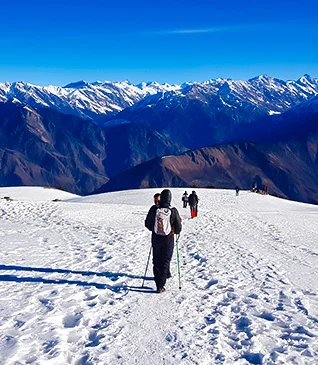
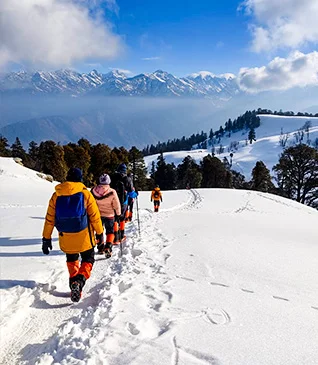
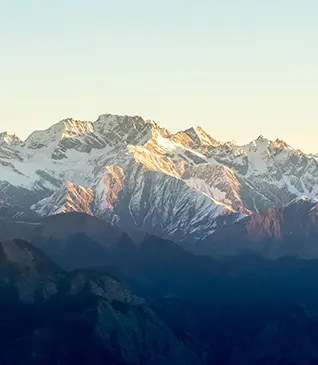
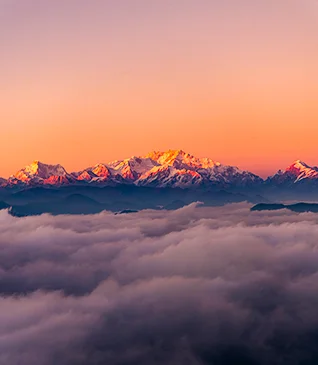
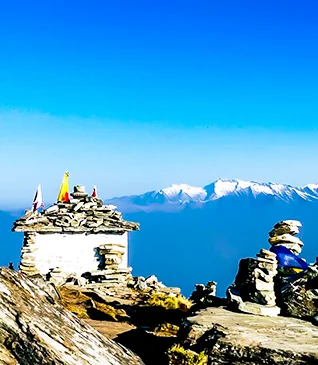
.webp)
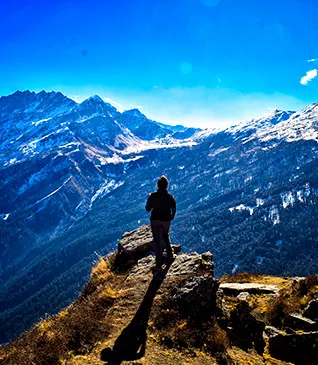
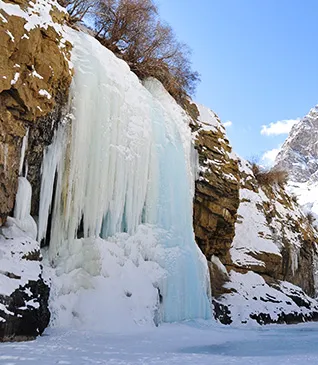
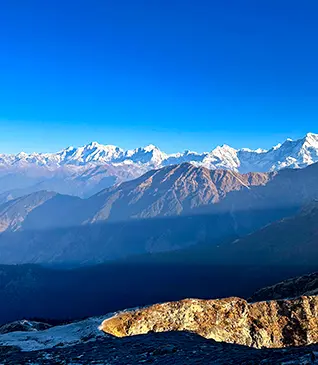
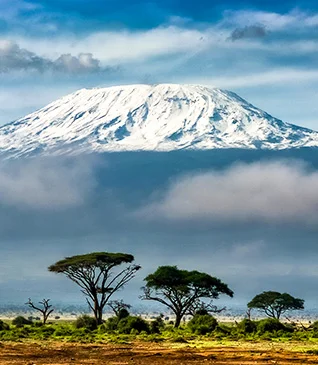
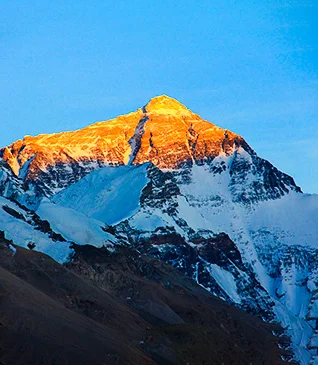
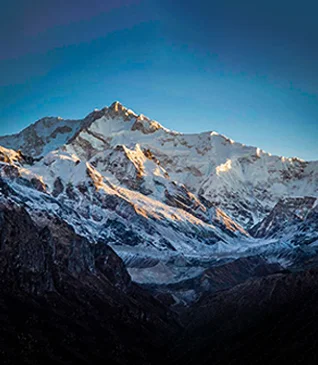
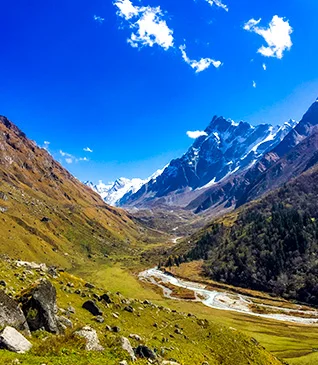
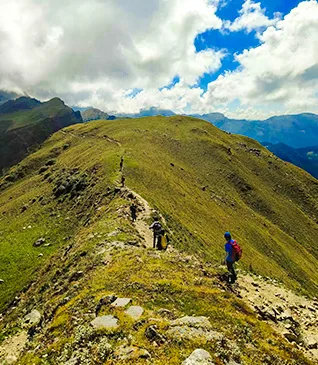
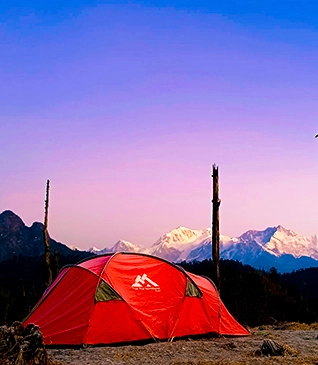
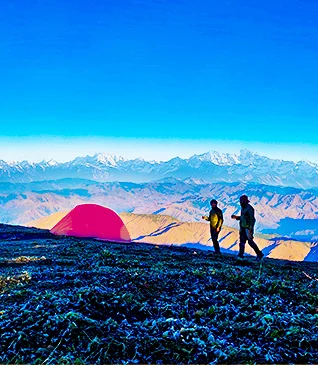
.webp)
